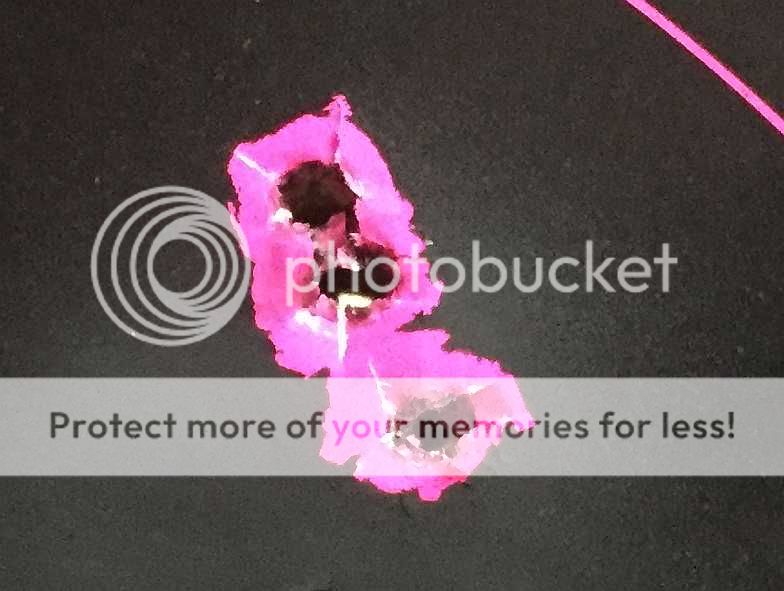From what the load data books said was that 37.5gr was max so that's why I went with 37.0gr.
I will never disagree with the books. The load worked for them, on that day, for the gun/fixture that they tested, with what reloading components they had. I have no grounds to disagree. I totally agree with how you started.
I have several shelves full of load books and there are several different volumes from Nosler and Hodgdon. The H380 powder was named by Hodgdon's son when he was developing a load for his .22-250 with a new powder. H380 = 38.0 grains which is what he used. Over the years there have been many different guns and shooting fixtures used to develop loads. Back in the day, normal bullet weights were 50, 52, 53, and 55 grains for the .22-250. Lots of folks went with the light, oversized .224, Hornet bullets that weighed in at 40 and 45 grains. These, at the time, were the norms for which the load data was based on. Now days you can get bullets from 30gr to 90gr in .224". The rifles in .22-250 also come with different twist rate, and different barrel length, depending on who you buy it from. More likely than not, many recent gun makers are considering the "no lead" laws in CA and are lengthening the throats to allow for the longer lead free bullets. Longer throats, and different brands of brass, may also allow greater case volume for more powder, or less constriction so the pressure curve builds slower. This greater variation in guns creates a broader spectrum of load data needed to fill the niche. Not all developers will have data for every combination of bullet weight, twist rate, brand of brass, etc.
Every load book I have read have stated to start low, and work your way up with powder. They include a chapter on pressure signs and what signs indicate you are loading too hot for your gun. In my experience, the loads are usually too hot before you actually reach some of these indicators. So, flattened or cratered primers, hard bolt opening, or tough case extraction means you have likely already exceeded safe pressures for your gun. If you have done some homework, found data for a firearm that closely matches what you are shooting, you can start low and slowly work up to greater amounts of powder to find that sweet spot your gun likes. You may have found your gun's sweet spot with your very first load. Wouldn't that be awesome. Or...according to your data, you have room to work up a little more, to see if that sweet spot gets even sweeter. Sometimes the search is more enjoyable than the final results.
Have fun and enjoy the new gun. It is a shooter.














